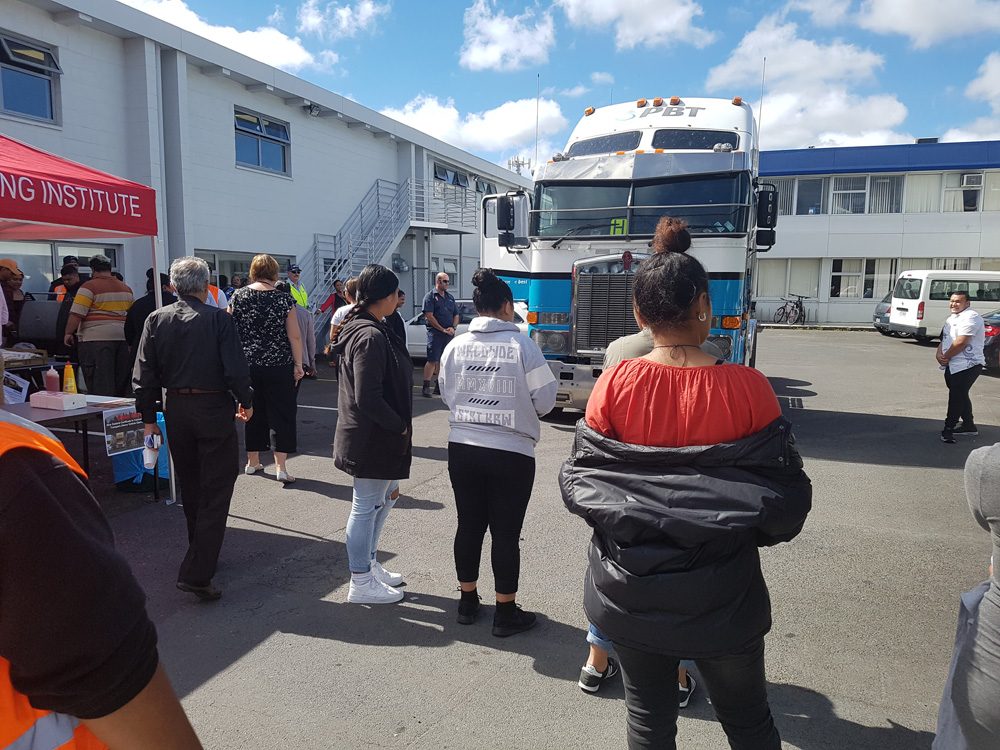
Efforts to ease the driver shortage in the road transport industry have attracted significant numbers of female students to a Commercial Road Transport Programme being held at Manukau Institute of Technology.
The course, the first of its kind at MIT, aims to have students graduating with learner‘s class 4 driving licenses.
Similar courses are already running at Toi Ohomai Polytechnic at Tauranga; North Tec, Whangarei; Eastern Institute of Technology at Gisborne; Whitireia Polytechnic, Porirua and Southern Institute of Technology, Invercargill.
National Road Carriers Association is encouraging its members to support CRT courses as well as attract under 25-year-olds to the industry.
Until now MIT has confined itself to running courses aimed more at the administrative side of road transport – logistics and freight.
The seven-month course is equally divided between classroom and practical work.
“Anybody can start with just a car licence,” said Vaughan Lovelock, head of practice and logistics at MIT.
The course takes students through all the theory to gain a class 2 licence as well as the practical experience.
This involves one day a week placement with an operational trucking company as well as using a driving simulator and gaining practical experience in forklift driving.
Nationally, the Sector Workforce Employment Programme set up early last year to encourage more drivers into the industry has seen a 10 percent rise in the issuing of class five licences which allow drivers to use the largest truck and trailer units.
“The success of the CRT courses depends on the industry setting up cluster groups of trucking companies to support the programme and to provide the on the job practical experience which is all part of the course,” said Steve Divers, director – Career Pathways – Road Freight Transport for SWEP.
Apart from the women at MIT, the current course at Invercargill has an equal split between male and female students.
Divers is also encouraging the establishment of CRT programmes at Ara Polytech, Timaru; in Christchurch; Hawke’s Bay and Hamilton.
The other part of the equation to train more drivers is the reconfiguration of qualifications, including Gateway programmes run by the Motor Industry Training Organisation to meet the latest New Zealand Qualification Authority standards.
“This is the critical link between school and the industry clusters,” said Divers.
These are primarily aimed at school leavers and under 25-year olds said Divers, to provide cadetships within the industry to gain experience while undertaking study.
“Adult students who are retraining to join the transport industry are certainly important,” said Divers. “But the under-25s are the long-term future of the industry.”
Careers expos have already been held in Rotorua, Timaru and Feilding, and others are planned for Tauranga, Taupo, Auckland, and Nelson – Marlborough.
Divers said plans were on track to launch the new MITO strategy at an industry ‘Big Day Out‘ at Tauranga in August.




